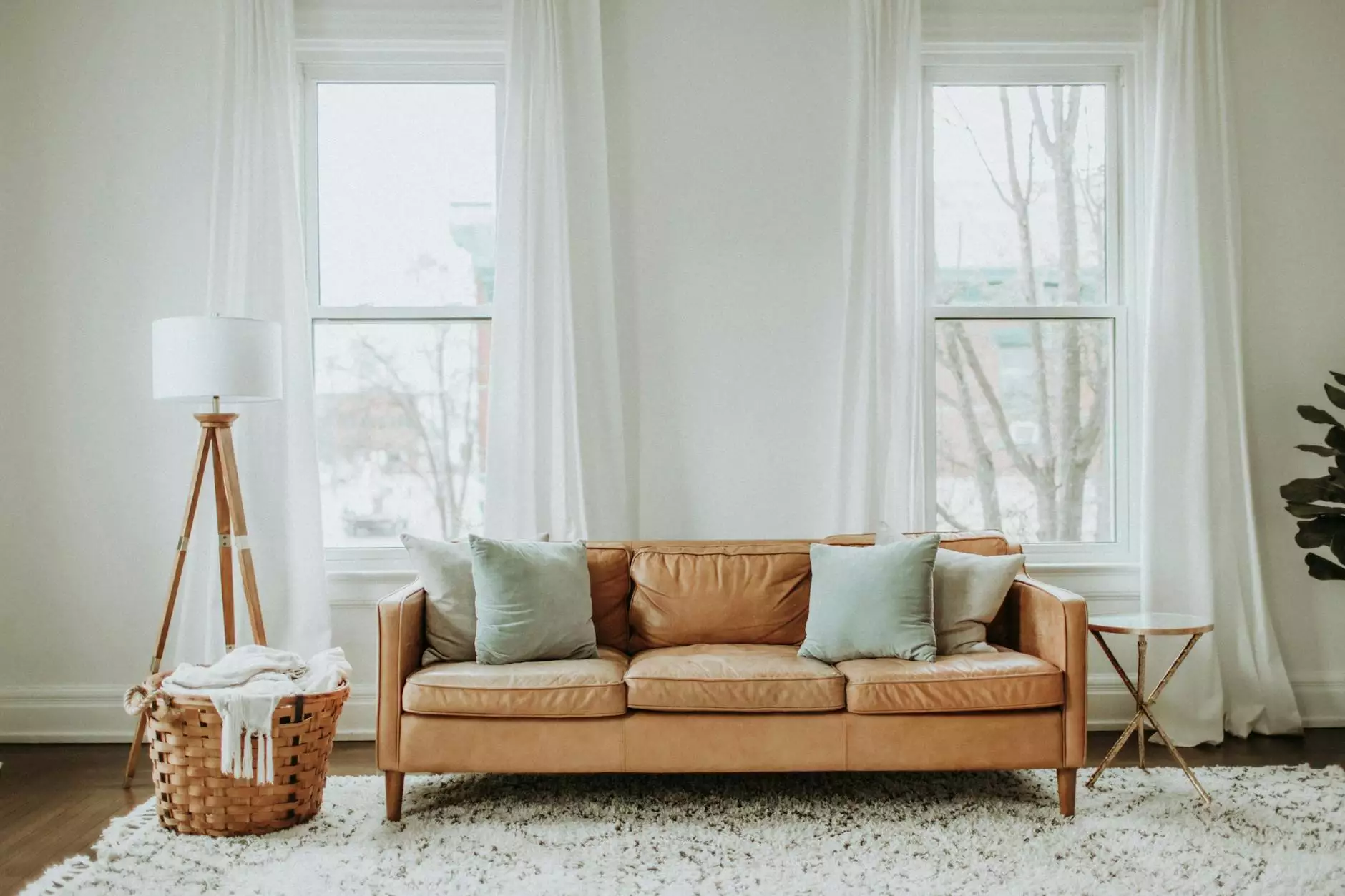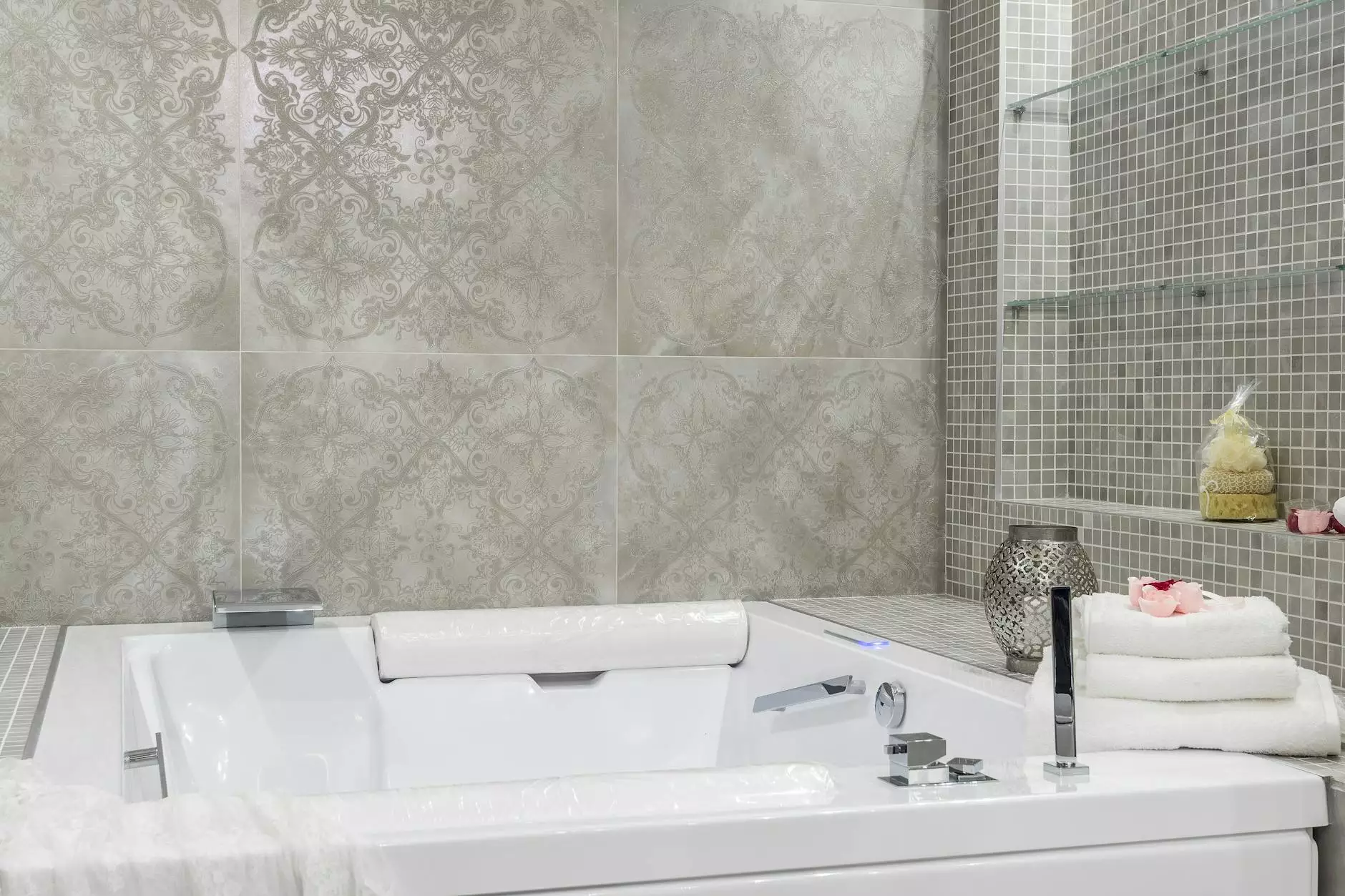How to Create a Beautiful and Functional Design for a Small Kids' Room

Having a small kids' room doesn't mean you have to compromise on style or functionality. With the right design choices and creative solutions, you can transform even the tiniest space into a dreamy and practical haven for your little ones. In this article, we will explore some expert tips and ideas on how to design a small kids' room that is both beautiful and functional.
Designing for Limited Space
When it comes to designing a small kids' room, every inch counts. It is essential to maximize the available space and make smart design choices to create a room that meets both the practical and aesthetic needs of your child. Here are some key strategies to consider:
1. Multifunctional Furniture
Investing in multifunctional furniture is one of the most effective ways to optimize space in a small kids' room. Look for beds with built-in storage, such as drawers or shelves, where you can keep toys, books, and other belongings. Consider using a loft bed with a desk or play area underneath to make the most of vertical space.
2. Utilize Vertical Space
Speaking of vertical space, don't forget to utilize it effectively. Install wall-mounted shelves or storage units to keep the floor clear and provide additional storage options. Hanging organizers and hooks can also be a great way to store items like bags, hats, or even stuffed animals.
3. Light Colors and Ample Lighting
Opt for light colors on the walls and furniture to create an illusion of more space. Lighter shades reflect more light, making the room feel brighter and more expansive. Additionally, ensure that the room has ample lighting with a mix of natural and artificial sources. Well-placed lamps, pendant lights, or fairy lights can enhance the ambiance while illuminating all corners of the room.
Creating a Kid-Friendly Environment
A small kids' room should not only be aesthetically pleasing but also foster creativity, playfulness, and a sense of comfort. Here are some ideas to create a kid-friendly environment in your little one's room:
1. Incorporate Fun and Playful Elements
Introduce elements that spark joy and encourage imaginative play. Consider a themed mural, wall decals, or vibrant wallpaper that reflects your child's interests. Personalize the room by displaying their artwork or favorite toys in a visually appealing way.
2. Provide Sufficient Storage
Kids come with a lot of stuff! To maintain an organized and clutter-free room, ensure sufficient storage options. Apart from the aforementioned multifunctional furniture, use labeled bins, baskets, or cubbies to keep toys, books, and clothes neatly arranged. Teach your child the importance of tidying up and make it easy for them to do so.
3. Safety First
Safety should always be a top priority, especially in a kids' room. Incorporate childproofing measures such as corner guards, outlet covers, and secure furniture to prevent accidents. Choose furniture with rounded edges and non-toxic materials to create a safe environment for your child to play and explore.
The Power of Imagination through Design
A well-designed kids' room can be a powerful catalyst for imagination and creativity. By integrating certain design elements, you can inspire your child to dream, explore, and learn. Here are some ways to stimulate their imagination:
1. Create a Cozy Reading Nook
Designate a small corner or a window seat as a cozy reading nook. Add comfortable cushions, a bookshelf filled with their favorite stories, and soft lighting to create a magical space where their imagination can take flight.
2. Play with Patterns and Textures
Introduce different patterns and textures through textiles, rugs, wallpapers, or curtains. Incorporate elements like a faux grass area rug to simulate an outdoor feel. These tactile experiences can stimulate the senses and encourage imaginative play.
3. Flexible and Adaptable Layout
Keep the room layout flexible and adaptable to accommodate changes as your child grows. Modular furniture can be rearranged or repurposed to suit different needs and preferences. This allows the room to evolve with your child's interests and activities.
Conclusion
In summary, designing a small kids' room requires careful consideration of space, functionality, and aesthetics. With the right strategies, such as utilizing multifunctional furniture, maximizing vertical space, and creating a kid-friendly environment, you can create a beautiful and functional room that both you and your child will love. Remember to incorporate elements that inspire imagination and stimulate creativity, and always prioritize safety. Let your child's room be a magical haven where their dreams can flourish.
дизайн маленькой детской комнаты


